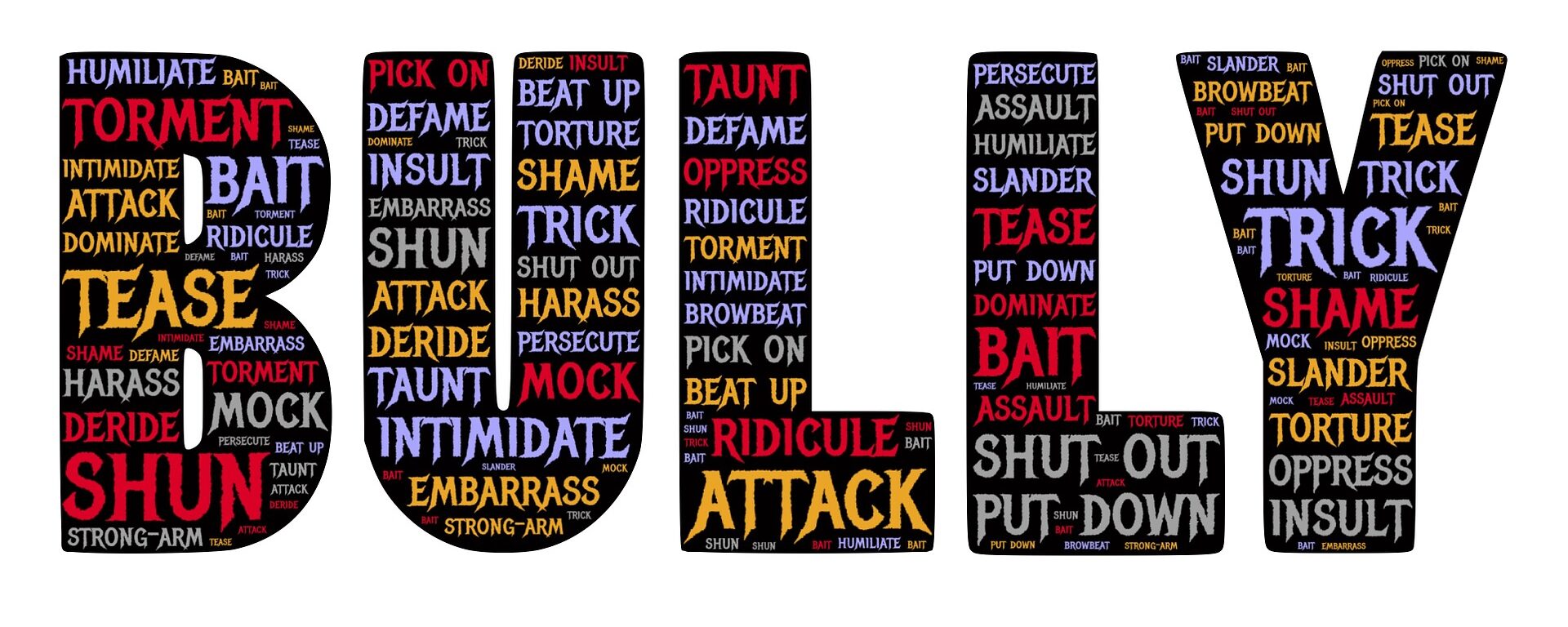Understanding Coercive Control: What It Is, How to Spot It, and What to Do If You’re Affected
In recent years, greater awareness has grown around a form of abuse that often goes unnoticed—coercive control. Unlike physical violence, coercive control can be subtle, insidious, and deeply damaging. It’s a pattern of behaviours used to dominate, isolate, and manipulate another person, often within an intimate relationship. While it may not leave bruises, the psychological impact can be long-lasting and profound.
What is Coercive Control?
Coercive control is a form of emotional and psychological abuse. It’s about control—one person using tactics to strip away another’s independence, confidence, and autonomy. These behaviours often appear in domestic and family violence situations and can be a precursor to physical violence.
In Australia, coercive control is increasingly recognised under the law, with some states introducing or reviewing legislation to make it a criminal offence. This recognition is an important step forward in addressing abuse that is not always easy to identify or prove.
Common Signs of Coercive Control
Coercive control can manifest in various ways. Here are some red flags:
Isolation
- Preventing you from seeing friends or family
- Monitoring your calls, texts, or social media
- Moving you away from your support networks
Monitoring and Surveillance
- Constantly checking where you are, who you’re with, or what you’re doing
- Using technology to track your movements
- Reading your private messages without consent
Degradation and Gaslighting
- Constantly criticising or belittling you
- Making you feel like you’re “going crazy” or overreacting
- Undermining your confidence and decisions
Control Over Daily Life
- Dictating what you wear, eat, or how you spend money
- Preventing you from working or studying
- Making you ask permission for basic activities
Threats and Intimidation
- Threatening to hurt you, your children, pets or themselves if you don’t comply
- Using past trauma or secrets against you
- Implied or explicit threats of violence or punishment
The Impact of Coercive Control
Victims of coercive control often experience anxiety, depression, low self-worth, and a loss of identity. It can be incredibly difficult to recognise the abuse while it’s happening, especially when it’s interwoven with affection, dependency, or fear. Over time, victims may feel trapped, isolated, and powerless.
What to Do If You Think You’re Experiencing Coercive Control
Trust Your Instincts
If something feels wrong in your relationship—even if there’s no physical violence—it’s worth paying attention. Emotional abuse is real and valid.
Reach Out for Support
Talk to someone you trust—a friend, family member, counsellor, or support service. You’re not alone, and there are people who will believe you and help.
Document the Behaviour
If it feels safe, keep a record of controlling behaviours, threats, or manipulative tactics. This can be helpful if you choose to seek legal protection or professional help.
Access Professional Support
Contact a counsellor or therapist who specialises in domestic and family violence. Services like 1800RESPECT (1800 737 732) offer free, confidential support 24/7 in Australia.
Make a Safety Plan
If you’re planning to leave the relationship, do so with support and safety in mind. An exit plan, ideally created with a professional or support worker, can help minimise risk.
Final Thoughts
Coercive control is a dangerous and damaging form of abuse that too often flies under the radar. Recognising the signs is the first step toward reclaiming your freedom and wellbeing. If you suspect you or someone you care about is experiencing coercive control, help is available, and change is possible.
If you’re unsure or need guidance, speaking with a counsellor can be a safe and empowering place to start. At Sunny Coast Counselling, we’re here to help you explore your situation without judgement and support you in taking the next steps toward safety and healing.
If you’d like to book a counselling session to discuss this, or other issues, click here

